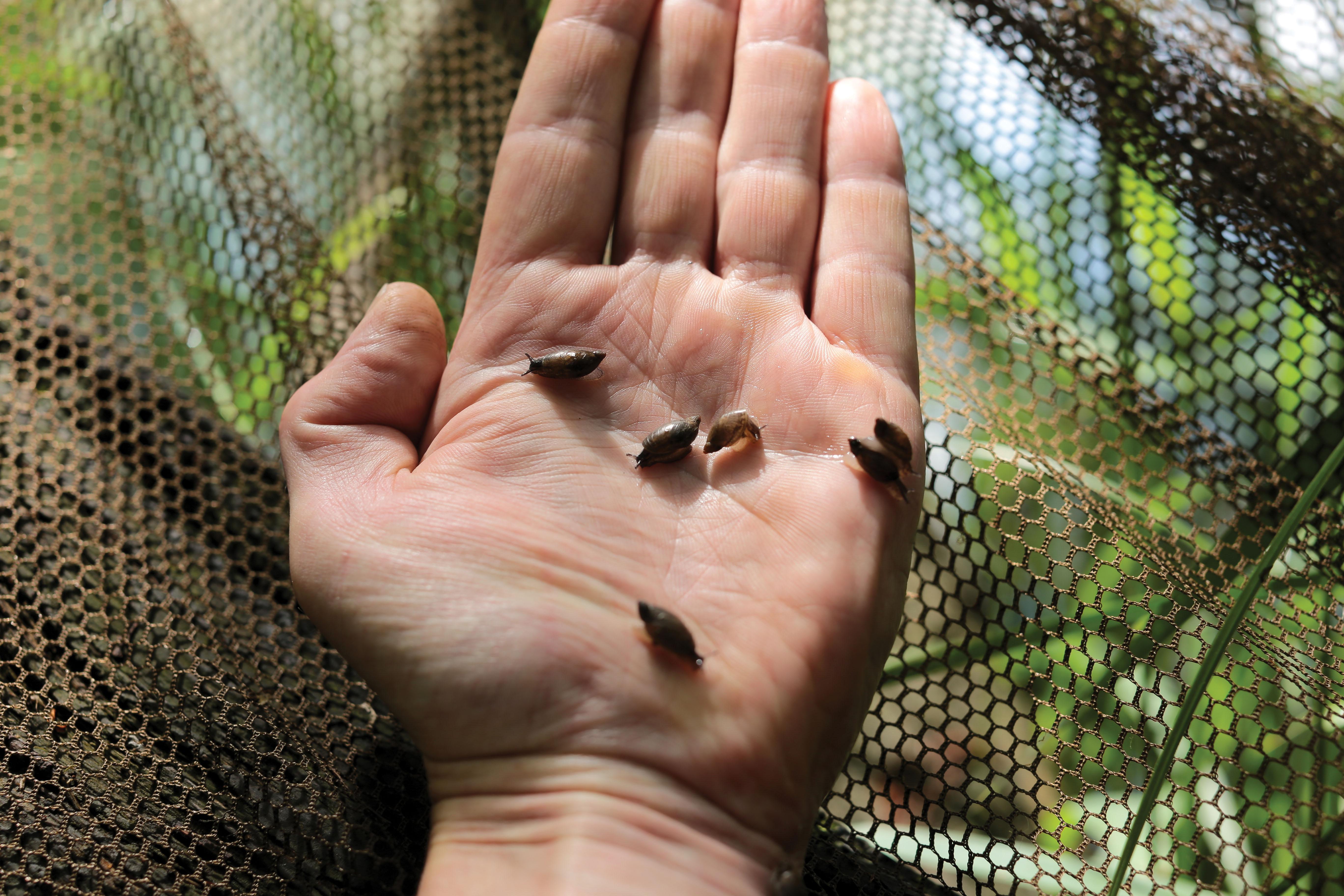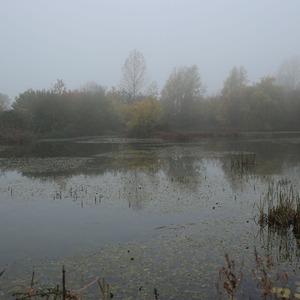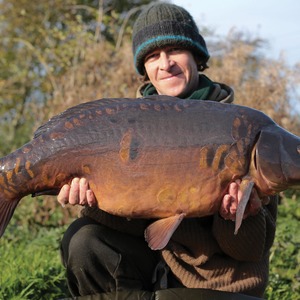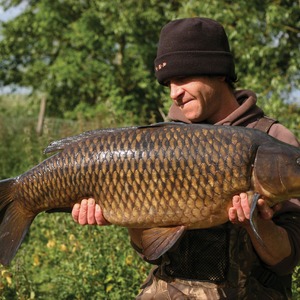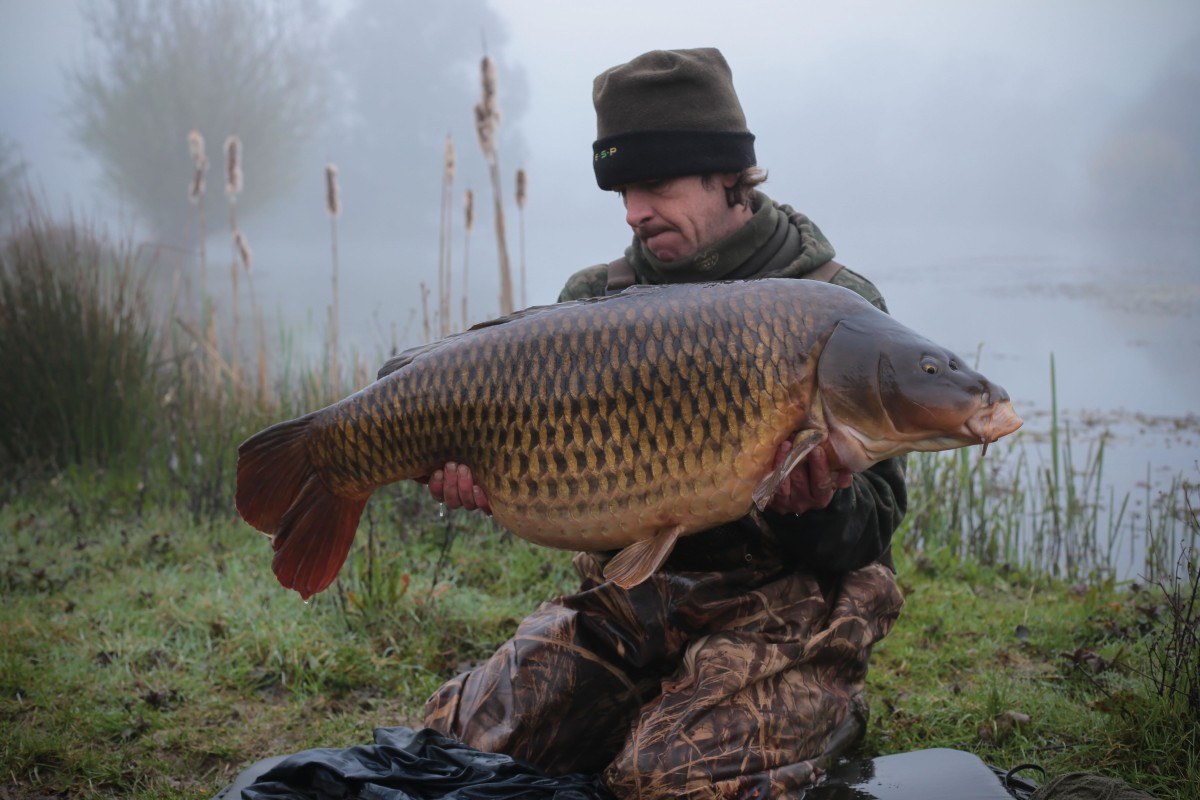
Why Do They Behave Differently?
Why do some carp behave distinctly differently? Is it biomass, water clarity, lake size, line angles, etc.? Terry Hearn offers up his thoughts...
Question: Why do you believe some carp behave distinctly differently? Biomass, water clarity, lake size, line angles – do they affect carp in different ways and if so, how do you overcome this?
We could fill a book with this subject, but probably the most obvious reasons for carp acting differently from water-to-water are stock density, the water quality itself, and the availability of natural food. The more carp there are, the more confident and competitive they tend to be. On rich, low stock waters they don’t always have that same competitiveness.
Over the last couple of years I’ve gone from spending lots of time fishing for a carp in a small pond containing only one or two other residents, to fishing Cranwells which contains a hundred and fifty odd, and now I’m back on the pond with just two or three carp in again. It’s very clear how different the carp act in the small pond, and how much slower they are when travelling about, literally one extreme to the other.
Angling pressure, water clarity, line angles and even the way the swims are laid out, could all have an effect on the way the carp act. Even new snags and weedbed locations changing from year-to-year, simple things which can make what might have been a poor swim last year, the place to be this year.
Lots of things can change their behaviour and routines, even within the same water, but when you look at it from one end of the scale to the other, the way carp behave in a small silty pool, compared with the way they might behave in a huge great windswept gravel pit, then there’s generally huge differences. I’ve regularly found carp in smaller pools to be slower in everything they do. Small water carp often appear more lazy, more localised, more docile, whilst big pit carp always appear fitter, more bold and more confident in their motions. I suspect a lot of it is simply down to space, dissolved oxygen content and having a metabolism to suit.
I’m not sure we ever ‘overcome’ these things, we just adapt and make our methods, our timing, our baiting etc. fit each individual water.
